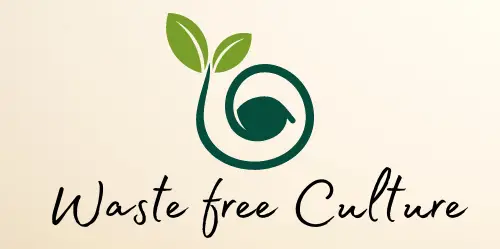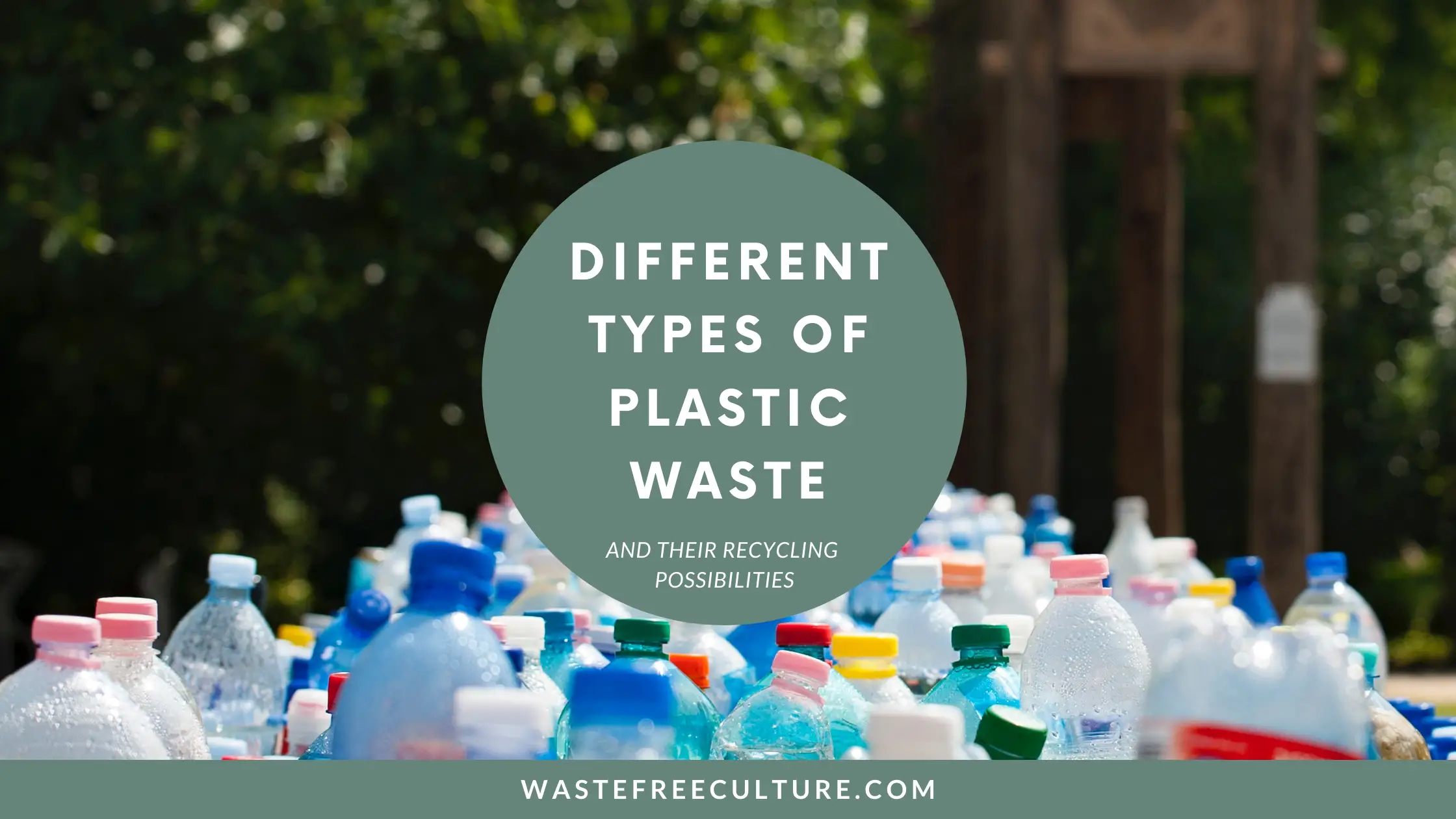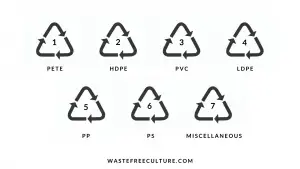I’ve talked a lot in my post on how plastics affect us and the environment in unexpected ways. And I’ve also mentioned how to avoid them as much as possible to protect our environment. But in order to avoid the plastics, we’ve to know how these different types of plastic are being used in the market. We also should evaluate whether we must entirely avoid plastics or not. Sometimes we cannot avoid plastic at all like in the field of electronics. In order to differentiate them to use in our lives, we should have to know them.
Our motto is to reduce using the plastics in unwanted ways (like disposable plastics). I would also say that the demand for single-use plastics arose from our laziness. Example: Accepting the plastic bags at the grocery store instead of taking our own bag.
There is a lot to know when comes to plastic usage. When we understand the basics we can able to choose our plastics wisely in our day to day life without harming the environment.
So is it possible to find the plastic-type just by seeing it? Yes, you can find which kind of plastic it is by its recycling symbol on it. You may have seen it at the bottom of the plastic bottle. And there will be a number inside the recycling symbol, from that you can say whether they are easy to recyclable or not.
But I would say that recycling is another excuse to use the plastics. Then you may ask me, why are we learning about plastics and its recycling in the first place? Even though we should choose more sustainable options, sometimes it’s quite difficult to find them. It’s because still there is a huge lack of sustainable packaging in the business industry. So, instead of accepting the fact that it’s hard to live a sustainable life in my locality and going for the unsustainable packaging, we can choose our plastics wisely in order to overcome this issue. And thus we’re looking into these 7 different types of plastic around us and we’ll also see whether that particular kind is recyclable or not. By this way, we are making our contribution to the Earth.
DISCLOSURE: This post may contain affiliate links, meaning I get a commission if you decide to make a purchase through my links, at no additional cost to you.
Table of Contents
How do you know whether this plastic is recyclable or not?
Well, for example, you can find the recycle symbol at the bottom of the plastic bottles, in which you’ll find the numbers (refer to the picture below). By this, you’ll know which kind of plastic is it and you’ll also know whether it can be recycled or not.
7 Types of plastics
What are the different types of plastic waste?
Here are the 7 different types of plastic
- Polyethylene Terephthalate (PETE)
- High-Density Polyethylene (HDPE)
- Polyvinyl Chloride (PVC)
- Low-Density Polyethylene (LDPE)
- Polypropylene (PP)
- Polystyrene (PS)
- Miscellaneous Plastics (Other than the above 6 plastics)
Plastic 1: Polyethylene Terephthalate
Polyethylene Terephthalate can also be called as PETE or PET. They are usually used in beverage bottles and other food packagings due to their ability to keep the product from spoiling. Yes, it doesn’t allow the oxygen in. They are safe when compared to other plastics and are easy to be accepted in the recycling programs. They are most widely recycled in the world and its code is 1.
Cons:
It has antimony trioxide which is a cancer-causing agent. When the liquid is stored longer in the plastic bottles, there is a high chance of releasing antimony to the liquid which we are about to drink. When the bottles are placed in high temperatures like in a car, it also leads to increased release of antimony to the drinks. That’s why we are asking you to stay away from these beverages. The plastic itself causes troubles than the drinks inside them.
Polyethylene Terephthalate can be recycled to produce carpet, clothing and to manufacture more bottles and containers.
Plastic 2: High-Density Polyethylene
It is commonly known as HDPE and its resin identification code is 2. It has a low risk of leaching into the foods. They are highly used in personal hygiene products like cleaners, shampoo and body wash products, milk and juice containers, in cereal box liners and also highly used in the children toys. From this, you can say they are quite strong and thick when compared to PET. High-Density Polyethylene is highly recyclable. Untreated HDPE is safe to use around food.
Cons:
Even though they are safe around food when compared to other plastics some studies shows that it may leach into some chemicals in the exposure of UV light. And this disturbs our hormones in the body.
High-Density Polyethylene or HDPE can be recycled into toys, piping, Recycle bins etc.
Plastic 3: Polyvinyl Chloride
Polyvinyl Chloride can be shortly called as PVC and this is the only plastic I know in my childhood. Majorly used in piping and it is the dangerous plastic among all. One should never keep your foods in this PVC plastic containers. They are generally found in the wiring, cable insulation, electronics and automobiles, medical equipment and in construction.
Cons:
It is made from vinyl chloride but to make it flexible, they add phthalates to it. And we’ve seen that the phthalates are highly toxic to us in my Zero waste DIY lip balm post. Not only that, but PVC also contains other chemical additives like lead, dioxins, mercury and cadmium. It may also contain traces of BPA. These are really harmful to our health and to our environment.
Polyvinyl Chloride is also quite difficult to recycle due to the high presence of chlorine and other hazardous chemical additives. So avoid the PVC as much as possible.
Polyvinyl Chloride is recycled to make more new pipes, flooring etc
Plastic 4: Low-Density Polyethylene
Low-Density Polyethylene abbreviated as LDPE. From its name low density, you can understand that they are found in grocery bags, beverage cups, plastic wraps, food containers and its lids, squeezable bottles like ketchup bottles and the plastic coating that you’ll find in the milk cartons. Its identification number is 4.
Cons:
They are hard to recycle even though they are considered a safe option around food. Even though they are safe around food, don’t use them around your food because we’ve seen that the acidic nature of the tomatoes makes the plastic to leach into our tomato ketchup. And they are also harmful to the environment. Do you know that it takes more than 400 years to decay that single plastic bag which you’ve used just for a few minutes? Want to know more about it? Check out my post where you can find the decay period of all the materials from aluminium to plastic.
Low-Density Polyethylene is recycled into film plastic, furniture, plastic lumber, rubbish and compost bins.
Plastic 5: Polypropylene
Polypropylene is abbreviated as PP and is found in Tupperware, medicine bottles and they are also found in disposable sanitary pads and diaper liners. PP is known for its heat resistant and so they are also found in thermal vests and car parts. And its resin identification code is 5.
Cons:
Polypropylene is seldom recycled. It also causes some respiratory diseases like asthma. So avoid Polypropylene as much as possible.
Polypropylene is recycled into clothing fibres and food containers.
Plastic 6: Polystyrene
Polystyrene is also called as PS or Styrofoam. You may familiar with the word Styrofoam when you come across the beverage cups. They are also found in disposable cutlery and bowls, packing materials, egg cartons to name a few.
Cons:
This polystyrene could leach into our food and cause severe damage to our brain, lungs, liver and nervous system. Its recycling rate is also very low. So, why use this plastic? And this is the reason we are moving towards package-free shopping.
If they are recycled, Polystyrene is recycled into school supplies, park benches and insulation.
Plastic 7: Miscellaneous Plastics
Miscellaneous Plastics are the plastics that are other than the 6 above-mentioned ones. They include polycarbonate, polylactide, acrylic, acrylonitrile butadiene, styrene, fibreglass, and nylon. They are found in baby bottles, CDs etc.
Cons:
They contain the hormone-disrupting agent BPA and they make severe damage to the reproductive systems in both male and female. Please avoid these kinds of plastics as much as you can because it is not only bad for your health but also for the environment due to its low recycling rate.
I hope I’ve covered all your queries regarding the different types of plastic but I’d like to add a few. You have to keep in mind that the recycling programs differ from city to city. So, make sure to put the plastics at the right recycle bin to avoid the mistake. A single mistake will cost the environment a lot. Yes, when something goes wrong while recycling, the end product of it will completely lead to the landfills because they cannot be used for anything.
Even though some plastics are good to use around food, I don’t prefer to use them. I’d suggest the same to you. Never ever use the plastics around food.
When we know how these types of plastics are being used we can dramatically decrease the plastic consumption in our daily life. So, with the information in this post, choose your plastics wisely and avoid them in the unwanted areas.
Frequently Asked Questions (FAQ):
Which types of plastics are mostly recycled?
Plastics #1 and #2 (PETE & HDPE) are the types of plastic are mostly recycled.
What is the hardest plastic to recycle?
As we mentioned earlier, plastics #3, #4, #5, #6 and #7 are the hardest types of plastic to recycle.
How much is plastic waste?
Of the 8.3 billion metric tons that have been produced, 6.3 billion metric tons has become plastic waste. Of that, only nine percent has been recycled and 12 percent has been incinerated. The vast majority—79 percent—is accumulating in landfills or sloughing off in the natural environment as litter. Meaning: at some point, much of it ends up in the oceans, the final sink.
If present trends continue, by 2050, there will be 12 billion metric tons of plastic in landfills. That amount is 35,000 times as heavy as the Empire State Building. (Source)
What is the most common type of plastic waste?
Cigarette butts — whose filters contain tiny plastic fibres — were the most common type of plastic waste found in the environment in a recent global survey. Drink bottles, bottle caps, food wrappers, grocery bags, drink lids, straws and stirrers were the next most common items. Many of us use these products every day, without even thinking about where they might end up. (Source)
How many animals die from plastic?
Globally, 100,000 marine mammals die every year as a result of plastic pollution. This includes whales, dolphins, porpoises, seals and sea lions. They are either died by ingesting or entangling in the plastics (Source)
Does every piece of plastic still exist?
According to the EPA, every piece of plastic ever manufactured still exists (except the ones which are incinerated – only 12%) somewhere in this world.
Do you still think of using plastics unwantedly in your life? Or are you going to be a solution by leading the zero waste lifestyle with the aid of sustainable products? The choice is yours!
You may also read:
10 easy Zero waste swaps you can make today
Zero waste living | Beginner’s Guide
5 Eco-Friendly Food Storage Containers & Cookware
What do you do with old plastic? | Zero waste living
Tomato Ketchup Recipe – Fresh & Homemade
Homemade Mayonnaise Recipe – With & Without egg
Hot Chocolate Recipe – Homemade & Zero Waste
Chocolate chip cookies recipe – Vegan | No Oven
Zero waste Christmas – A sustainability guide
Homemade Moisturizers for dry skin in winter
Homemade deodorant – Complete natural
Zero waste valentine’s day ideas
10 easy Zero waste swaps you can make today
Zero waste living | Beginner’s Guide
DIY Air Fresheners – Zero Waste & Homemade
E-waste: Reuse, Repair, Recycle – towards zero waste
DIY Lip Balm: Natural & Zero Waste
Orange peel powder – DIY, Skin & Hair Benefits
Remove stains from any coloured clothes naturally!
How to make the Homemade Milk cream & Butter
Get rid of dark circles – Natural & Zero waste way!
11 tips to conserve water at your home
10 best sustainability apps for a sustainable life
Follow me in social media:


